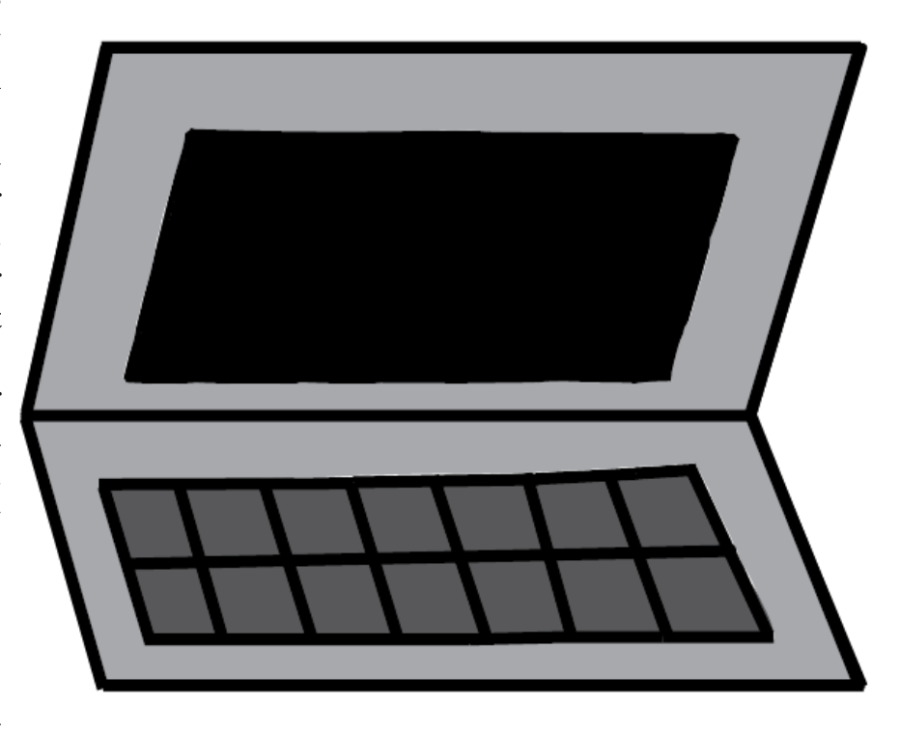
writing: Gabby Raney
design: Natalia Favila Inacua
Following COVID-19, many colleges and universities have become test-optional. However, some institutions have opted to be permanently test optional. This has left many students wondering whether standardized test scores matter as much as they did previously.
About 72 percent of colleges and universities have turned to a form of test-optional policy, and Janet Godwin, CEO of the American College Testing (ACT), said test optional policies will continue, at the very least, for the next few years, according to prepscholar.com.
Many believe that more emphasis is being placed on the essays, extracurricular activities, and overall grades in comparison to one test to show the strength of an applicant.
However, taking tests such as the ACT and getting a decent score won’t hurt applicants as an addition to other parts of their application. The ACT will be offered to juniors only on March 1 at the high school.
English
For this section, the things tested can be divided into two categories: usage and rhetoric. Usage skills, known as grammar rules, include things like punctuation and verb tenses, while the rhetorical based questions test skills like style, organization and writing logic.
Junior Emily Whitehead took the ACT in the summer following her freshman year. One of the most helpful things is to review and learn the grammar rules.
“Sometimes that content is not covered in English classes, but a lot of the questions become simpler when you understand these rules. The most helpful to know are those related to punctuation marks,” Whitehead said.
For the English section, there are 45 minutes and 75 questions, averaging to about 30-60 seconds per question. Whitehead notes reading the passage is not necessary and will save time.
Reading
After taking the English section of the ACT, students will move onto the reading section. Test takers have 35 minutes to answer 40 questions, a little over a minute per question, not taking into account reading time for passages.
Junior Kamryn McKinnie scored a 35 on the reading section of the ACT. While McKinnie loves to read, in this section strategy is more important than the ability to read fast.
“It can be helpful to eliminate the answers you know are wrong so you can focus on the two answers that seem most right,” McKinnie said.
In addition, the ACT reading is very literal, test takers will be able to find answers to the questions in the passage according to prepmaven.com. McKinnie mentions that it’s OK to reread the passages to search for an answer.
“Don’t just study the last week before you take the ACT because there’s not enough prep time. Use the prep they give you on SchoolLinks, it’s helpful and free,” McKinnie said.
Math
The math section of the ACT mostly consists of algebra and geometry questions, and it may require students in more advanced math classes to relearn some basic skills.
Senior Luke Border, who scored in the 99th percentile on both the math section and overall ACT, notes that although the questions may not be too difficult, the hard part is getting the answers quickly.
A testaker has approximately 60 minutes to answer 60 math questions, or one minute per question; however, students should be spending less on easier questions in order to save time for more difficult questions.
“To prepare for the ACT the best advice I can offer is taking practice tests, or taking the test a few times. Becoming as familiar as possible with the testing format and questions where you don’t know where to start, is very important,” Border said.
Science
The last section on the ACT is the science section. Test takers have 35 minutes to answer 40 questions. There may be questions on basic biology or chemistry; but it is mostly analyzing graphs or utilizing scientific information given in a passage.
Junior Evan House notes that while he thought the PSAT was easier, the format of the ACT is easy to learn and understand with practice.
“The best way to prepare for the ACT is to just take as many practice tests as you feel necessary. I also think it’s important to somewhat replicate the actual testing settings as well; time yourself, don’t use outside resources, and try your best,” House said.
More specifically for the science section, House mentions that getting used to different types of questions is useful. Often, they will provide charts, tables, graphs and passages in which test takers need to be able to decipher.


